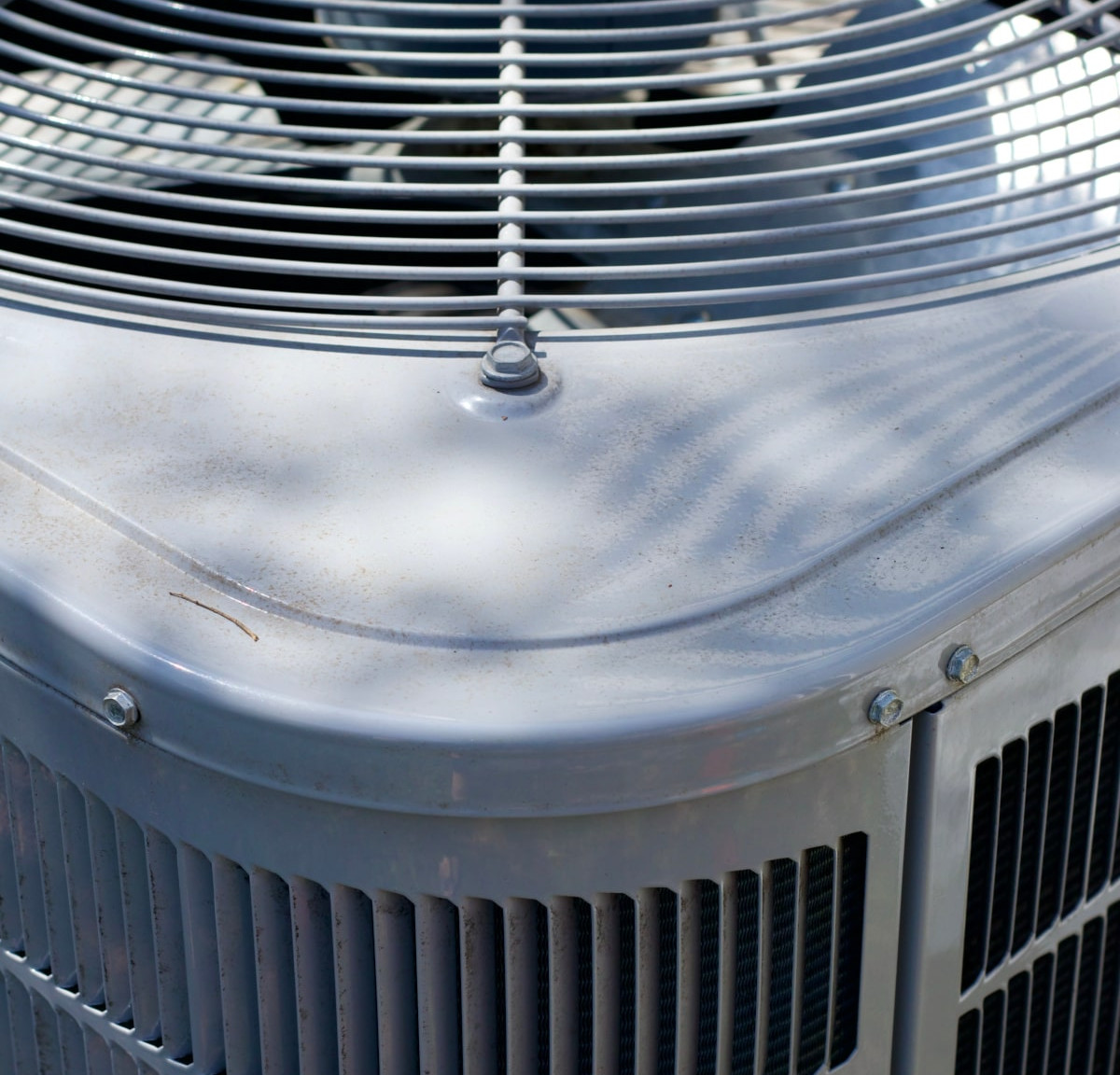New HVAC Refrigerant 2025 – What to Know
Big changes are coming to the HVAC industry. As of January 1, 2025, HVAC manufacturers will be required to stop utilizing R-410A refrigerant. Instead, they must transition to A2L refrigerants, which have low toxicity and a lower global warming potential (GWP).
With this change predicted to have an impact on both existing HVAC systems and new systems, now is the time to take a long, hard look at your air conditioning equipment. Industry experts are forecasting that the cost of new equipment could rise by up to 30%. So, if you’ve been hemming and hawing, trying to eke a little more life out of your AC unit, it’s probably time to pull the trigger on a new system.
Stance of the Environmental Protection Agency
As part of the American Innovation and Manufacturing Act of 2020 (AIM Act), the EPA mandated the phasedown of HFCs by 85% by 2036. With over 75% of HFC use in the United States being produced by refrigeration or air conditioning equipment, this new mandate represents a massive effort to reduce global warming and preserve our planet’s climate.
What Are Hydrofluorocarbons (HFCs)?
Hydrofluorocarbons are greenhouse gasses with a high global warming potential. As short-lived pollutants, they have a short lifetime, so acting quickly to reduce greenhouse gasses like HFCs can work quickly to limit the effects of climate change.
Effect on Residential HVAC Systems
When the new EPA regulations take effect, all new equipment will be required to use low GWP refrigerants, such as R-454B or R-32. However, this change will not have any impact on current HVAC systems, as the previous refrigerants will remain available.
You Can Still Service Your Current System
Older refrigerants, like R-410A, while still available, will almost certainly rise in price as reduced production limits their availability. But, for the foreseeable future, homeowners will still be able to service their older HVAC equipment.

Impact on HVAC System Prices
Since manufacturing equipment that utilizes these new refrigerants requires new technology, it’s almost guaranteed that manufacturers will pass that cost on to consumers. So, if existing HVAC systems are up to the task, they’re generally worth keeping if you can get five to ten more years out of them.
Additional Safety Features
But, increased manufacturing costs aren’t the only increase that experts are projecting. R-454B and R-32 have more restrictive safety standards and installation requirements, so all new HVAC systems will require new tools, additional training, and – of course – higher overall costs. So, to reiterate, if you’ve been on the fence about replacing your HVAC system, now is the time!
Considering a New HVAC System?
With R-410A phasing out, our team has been working with customers to ensure their equipment is ready for the transition. And, while the new regulations are likely to cause a rise in equipment pricing, it’s not all bad news! New HVAC systems have improved energy efficiency, more reliable performance, and – of course – they help to combat climate change.
Contact R.W. LaPine Today
So, if you’re worried about the longevity of your existing system and would like to explore better options for air conditioning in your home, reach out to us today. As Kalamazoo’s go-to provider of HVAC services, we can help you keep both temperatures and costs down.
